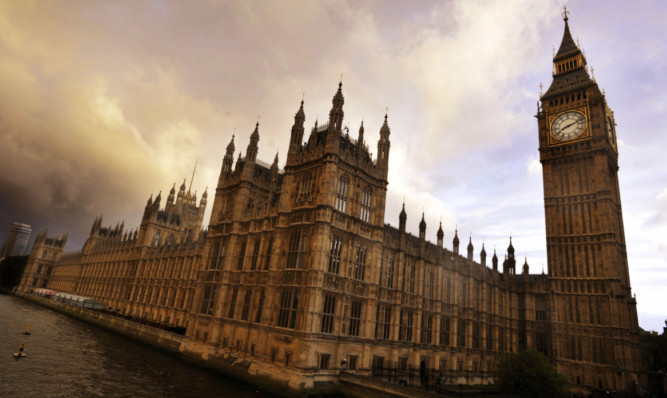The UK Government is correct to refuse to plan for potential Scottish independence or to pre-negotiate terms, the Chief Treasury Secretary has insisted.
Scottish MP Danny Alexander responded to criticism from a committee of lords that voters are being left in the dark about key aspects of the debate.
In his formal response to the House of Lords Economic Affairs Committee, due to be lodged on Monday, the Lib Dem politician is expected to say the Government is “not making plans for Scottish separation”.
He is expected to add: “This is not complacency but, rather, based on a strong belief that the UK works, and works well. Scotland contributes to, and benefits from being part of the UK.”
Ruling out pre-negotiation, he will write: “My ministerial colleagues and I cannot, and should not, put the needs of one part of the UK over the others.”
He will add that the Scottish Government does not currently have a mandate to negotiate the terms of Scottish independence.
The Lords report, published in April, found fault with the British and Scottish governments, suggesting they are failing to be open with the electorate.
However, both administrations have since published economic papers in an attempt to clarify issues before the referendum in September next year.
In the report, committee chairman Lord MacGregor said: “We do not take a position on whether voters should vote yes or no on September 18 2014, but they deserve to cast their vote based on a proper understanding of the possible economic impact.
“At present they do not have the information to do so.”
